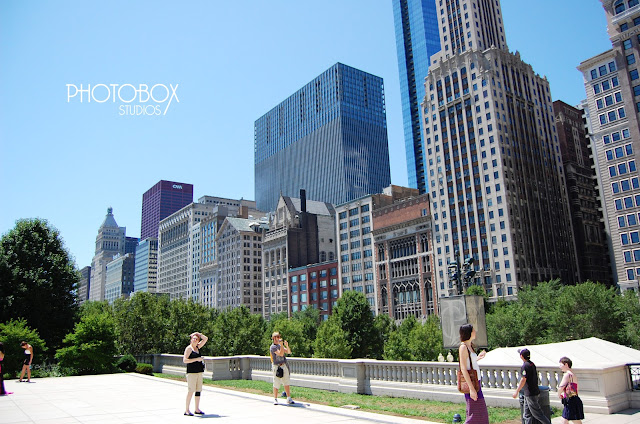Monday, December 12, was the feast day of Our Lady of Guadelupe and last January I had the honor of visiting her site in Mexico City. To me, it was on the top of my "Mexico City To Do" list. I always enjoy a pilgrimage here and there and this was the biggest yet.
The day started out early on a Wednesday morning. We stopped at a local restaurant for some delicious quesadillas. The morning air that once chilled our skin was warmed with a cup of Mexican hot chocolate. After our appetite was settled, we were off. I was a little nervous. I knew this was a big deal and I expected chaos. I knew how much Our Lady of Guadelupe meant to the Mexican people.
What I saw and felt was much different. There was some chaos but it was in the form of a respected low hum. You heard whispered prayers flowing out of all the chapels and into the courtyard. You saw lines streaming in and out from each building. Birds fluttering here and there. You felt the strong desire of the people to be there with Our Lady. Families in their traditional Mexican clothing gathered on the footsteps of the Cathedral as if just being in the company of this miracle was all that was needed.
To make a long story short:
Spanish missionaries came to Mexico to convert the Aztec Indians and stop their mass killing and offerings on their temples to other gods. One Roman Catholic convert, Juan Diego had visions of a lady on his walks from his village to Mexico City for daily mass. She told him to build a church on the site. So he told the Bishop and of course he was asked to show proof. On one of his last visions, the lady filled his cloak with roses (not in season) for him to take back. When he presented the roses, it was what was imprinted on his cloak that shocked the viewers more than the roses. It was an image of the Virgin in Aztec clothing, pregnant, standing on the moon and in front of the sun, gods that the Aztec worshiped. Our Lady was showing she was higher than those gods. The image then converted millions of indigenous people in what had been the Aztec Empire.


There are many churches on the site but I will only talk about the three main ones. The first one is a small chapel on the hill with a picturesque view of the city. It's walls covered in paintings depicting Juan Diego's story. It was then outgrown and a new one was built below. But because Mexico City is built on a large lake, it has started to slowly sink. As you walk up to the building, it's clearly visible that the ground slopes in ways that can't be healthy to a building. So a new larger Basilica was built right next door, this time supported with underground beams so that it wouldn't sink into the soft ground. It's round shape allows viewers to see the Virgin from no matter where you sit. All around the back, confessionals line the walls. The most I've seen in one church.
Back behind the altar you step down into a small chamber with four moving conveyor belts. They pass from right to left allowing the lines to never stop as the faithful keep their eyes on what's above. Now you can jump on whichever conveyor belt as many times as you like but just don't stop! The security will be right on you telling you to get a move on. It's forever a crowded room.
Besides the original miracle in 1921, Juan Diego's cloak has never even shown signs of wearing down! This cheap textile is only known to last a couple years at best! It has even survived a bombing in 1921. A brass crucifix (pictured above) that was placed in front of it was bent over backwards in the blast while the cloak was kept in perfect shape.
There is no doubt that Juan Diego helped make Mexico the second largest nation of Catholics after Brazil. Pope John Paul II has even visited 5 times and made Diego a saint! He's visited so much, they built him his own platform to speak from on the front of the Basilica. And all around the grounds there were signs of his visits. There is no doubt he too believed there was something special about Our Lady of Guadelupe.



















































